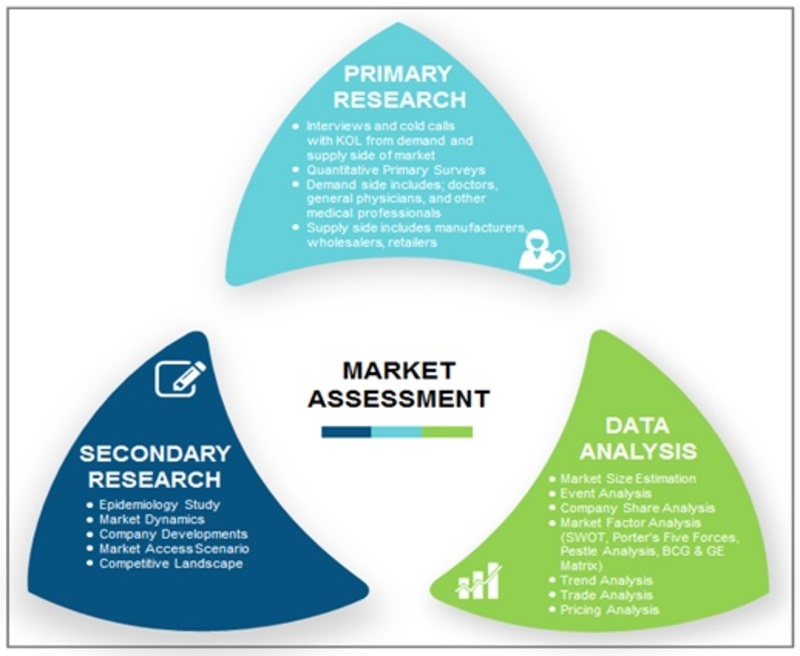Interested About The Differences Between SMILE, LASIK, And PRK Eye Surgeries?
Interested About The Differences Between SMILE, LASIK, And PRK Eye Surgeries?
Blog Article
Content Author-McElroy Waller
If you've been thinking about SMILE eye surgical treatment, you may wonder just how it stacks up against LASIK and PRK. Each procedure has its very own set of benefits and considerations. From quicker recuperation times to potential dangers, there are essential differences you need to understand prior to choosing. Comprehending these distinctions will certainly help you make an informed selection that aligns with your particular requirements and expectations. Curious to understand even more about exactly how these treatments contrast thoroughly? Keep discovering to get a thorough understanding of SMILE, LASIK, and PRK.
SMILE Eye Surgery Review
If you're considering SMILE eye surgical procedure, you'll locate it to be a minimally invasive treatment with a fast healing time. During SMILE (Small Laceration Lenticule Extraction), a laser is utilized to create a little, exact incision in the cornea to get rid of a small piece of cells, reshaping it to correct your vision. This varies from LASIK, where a flap is produced, and PRK, where the outer layer of the cornea is entirely gotten rid of.
Among how long for healing after cataract surgery of SMILE is its minimally intrusive nature, leading to a faster healing process and less discomfort post-surgery. The recovery time for SMILE is relatively fast, with lots of people experiencing improved vision within a day or two. This makes it a preferred choice for those seeking a practical and effective vision adjustment treatment. In addition, SMILE has been revealed to have a lower risk of completely dry eye syndrome compared to LASIK, making it a positive alternative for people concerned about this prospective adverse effects.
Distinctions Between SMILE, LASIK, and PRK
When contrasting SMILE, LASIK, and PRK eye surgeries, it is very important to understand the unique strategies utilized in each procedure for vision adjustment.
SMILE (Small Incision Lenticule Extraction) is a minimally intrusive treatment that includes developing a tiny incision to draw out a lenticule from the cornea, reshaping it to remedy vision.
LASIK (Laser-Assisted In Situ Keratomileusis) includes producing a slim flap on the cornea, using a laser to reshape the underlying tissue, and after that rearranging the flap.
PRK (Photorefractive Keratectomy) gets rid of the outer layer of the cornea prior to reshaping the cells with a laser.
https://edwinvqkdx.get-blogging.com/27038118/intrigued-in-discovering-the-results-of-screens-on-your-vision depends on the means the cornea is accessed and dealt with. SMILE is flapless, making it a great option for individuals with slim corneas or those involved in contact sports. LASIK offers fast visual recovery due to the flap creation, but it may position a greater threat of flap-related difficulties. PRK, although having a longer healing period, avoids flap-related problems completely.
Recognizing these differences is important in selecting one of the most ideal procedure for your vision modification requirements.
Advantages And Disadvantages Comparison
To assess the advantages and disadvantages of SMILE, LASIK, and PRK eye surgical procedures, it's necessary to take into consideration the certain advantages and possible limitations of each treatment. SMILE surgical treatment uses the benefit of a minimally invasive procedure, with a smaller sized laceration and possibly quicker recuperation time contrasted to LASIK and PRK. It also reduces the danger of dry eye post-surgery, a typical side effect of LASIK. Nonetheless, SMILE might have restrictions in treating greater levels of myopia or astigmatism compared to LASIK.
LASIK surgical procedure supplies fast aesthetic healing and minimal discomfort during the treatment. It's highly effective in dealing with a vast array of refractive mistakes, consisting of nearsightedness, hyperopia, and astigmatism. Yet, LASIK brings a risk of flap difficulties, which can affect the corneal structure.
PRK eye surgery, while not as popular as LASIK, avoids developing a corneal flap, reducing the danger of flap-related issues. It appropriates for clients with slim corneas or irregular corneal surfaces. However, PRK has a much longer recuperation time and may include more discomfort throughout the recovery procedure.
Conclusion
So, when it involves picking between SMILE, LASIK, and PRK, think of it like selecting the ideal set of shoes. SMILE resembles a sleek, comfortable set of sneakers - quick and very easy.
LASIK is much more like fashionable high heels - fancy and fast, but with some potential threats.
PRK is like durable hiking boots - reputable and long lasting, however needing a bit more time and effort.
Inevitably, the most effective selection depends on your specific demands and choices.
